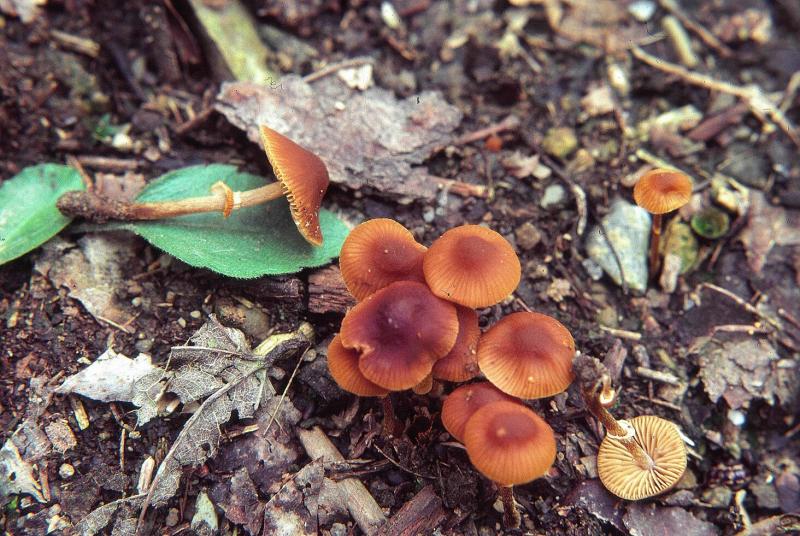Mushrooms are a popular food used in many cuisines worldwide. Though their close resemblance to edible mushrooms can be misleading, some mushrooms are poisonous. Mushroom poisoning can occur after ingesting poisonous mushrooms due to the toxic substances that are present. Mycophagists are individuals who collect mushrooms for consumption, and the process of collecting mushrooms is called mushroom hunting.
About 30 wild species of mushrooms are known to be consistently fatal due to high levels of toxicity.
The autumn skullcap mushroom contains amatoxin and can result in death within seven days due to liver failure
The destroying angel is the most common toxic mushroom worldwide, containing high levels of amatoxins that cause fatal mycetism.
Enjoyed by many around the world, mushrooms tend to be a polarizing food that diners either love or hate. However, those who enjoy noshing on the fungi must be careful about which mushrooms they ingest, as about 30 wild species are known to be consistently fatal due to high levels of toxicity, and at least 40 others have been proven to cause severe allergic reaction and occasional death.
Mushroom poisoning, or mycetism, occurs in about 6,000 to 7,000 cases per year in the United States alone. Many of the most lethal mushrooms do not appear to be threatening, and in fact several look similar to their edible cousins.
These are eight of the most poisonous species of mushrooms in the world, which should be avoided at all costs.
8. Fly Agaric (Amanita muscaria)
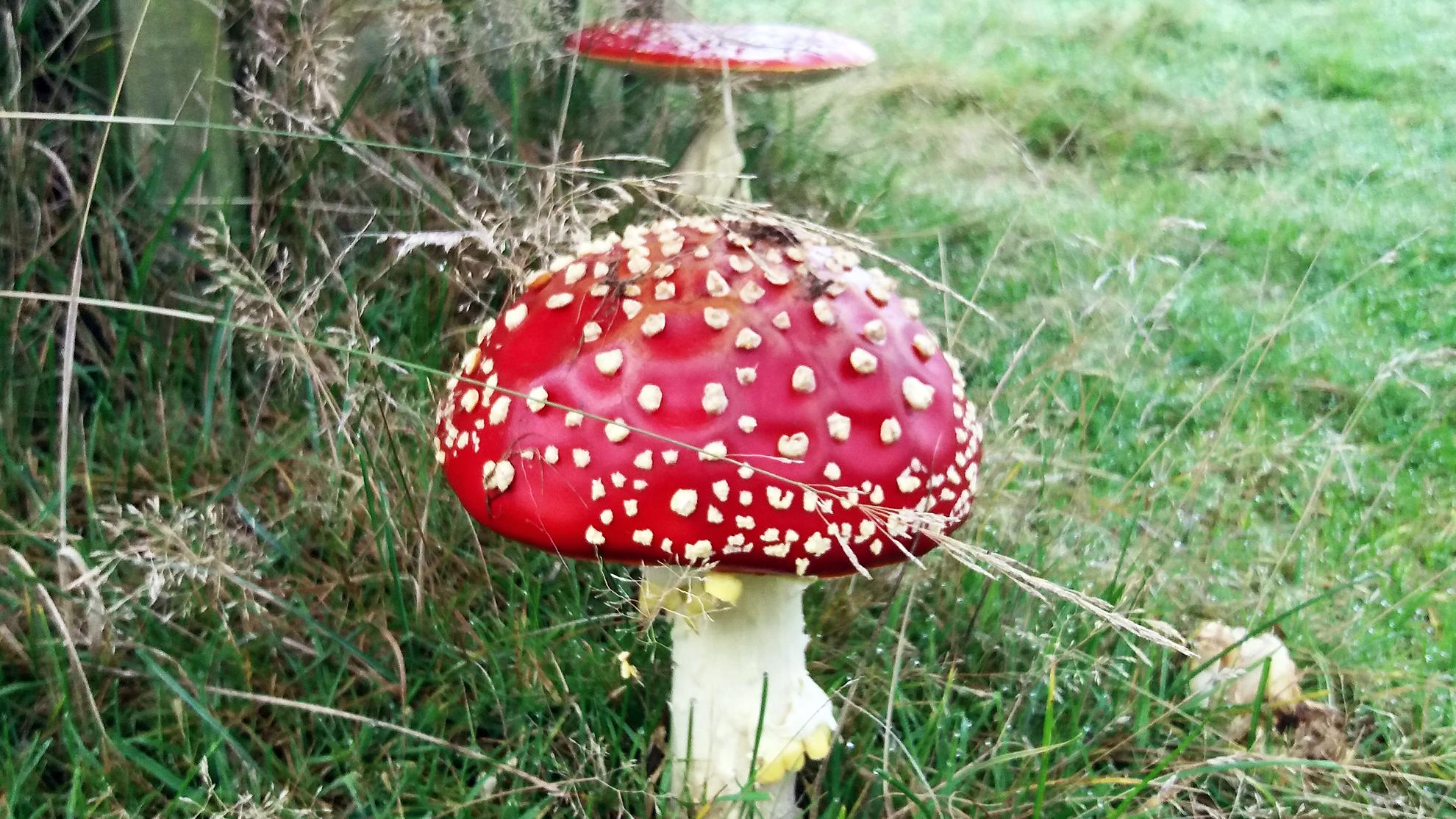
This mushroom may be familiar, because it looks like the iconic toadstool found in most fairytales and children's stories, with its bright red cap adorned with white spots. The fly agaric is poisonous for humans due to muscimol and ibotenic acid, which act on the central nervous system and cause a loss of co-ordination, a mix of agitation followed by sleep, intense nausea, and sometimes hallucinations. Toxic effects of the mushroom display about one hour after ingestion.
Despite its host of symptoms, the fly agaric is rarely lethal for humans but poses a high degree of risk because of sporadic behavior caused by intoxication. However, the same toadstools, when consumed by household pets like cats or dogs who find them in the wild, are fatal.
7. Deadly Dapperling (Lepiota brunneoincarnata)
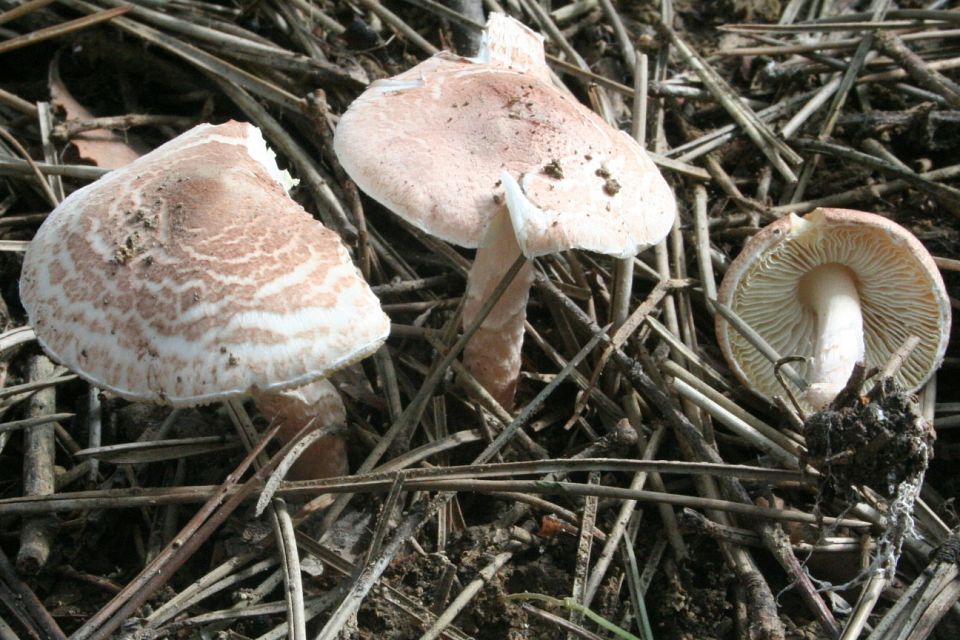
The name of this gilled mushroom speaks for itself. Dangerous due to its amatoxin content, which is responsible or 80% to 90% of mycetism deaths, the deadly dapperling is found throughout Europe and Asia as well as coniferous forests in North America and has often been mistaken for edible varieties. Accidentally eating the mushroom causes severe liver toxicity and if not treated immediately can be fatal. If untreated, the fatality rate of amatoxins is about 50% but is still 10% fatal if treated, depending on the amount consumed.
Initial symptoms of amatoxin poisoning are largely gastro-intestinal but death may take some time as it comes as a result of liver failure.
6. Podostroma cornu-damae
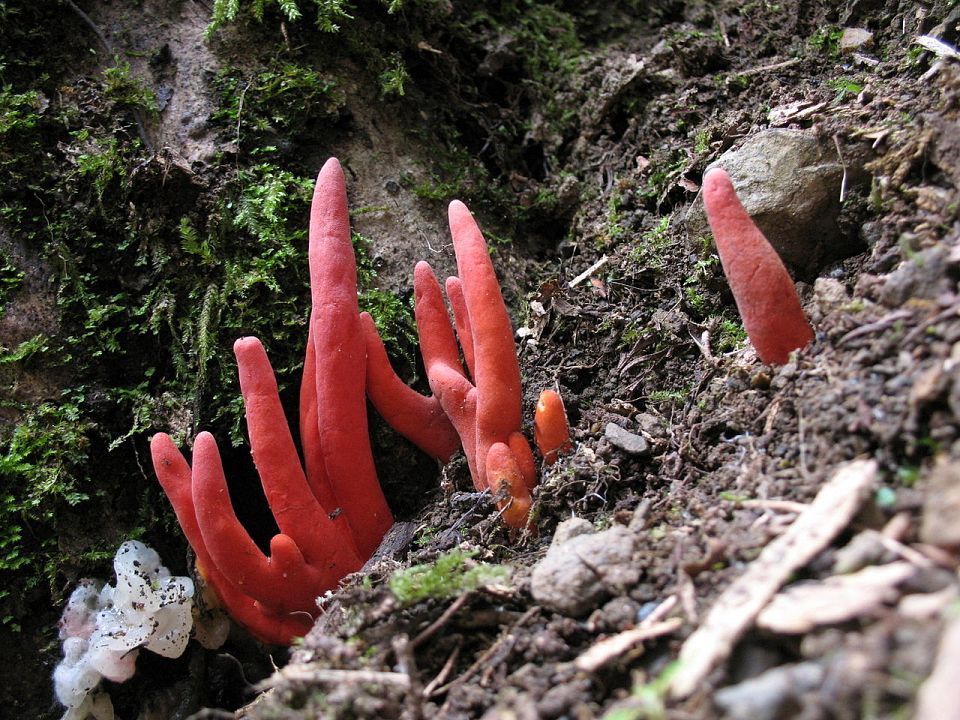
The red fruiting bodies of this rare mushroom contain trichothecene mycotoxins, which can cause multiple organ failure. Podostroma cornu-damae are native to Asia and have been responsible for many deaths in Japan and Korea. Symptoms include stomach pain, peeling skin, hair loss, low blood pressure, liver necrosis, and kidney failure. If untreated, poisoning can be fatal within a matter of days.
Podostroma cornu-damae are typically consumed in error because they look similar to the edible ganoderma lucidum variety.
5. Destroying Angels (Amanita species)
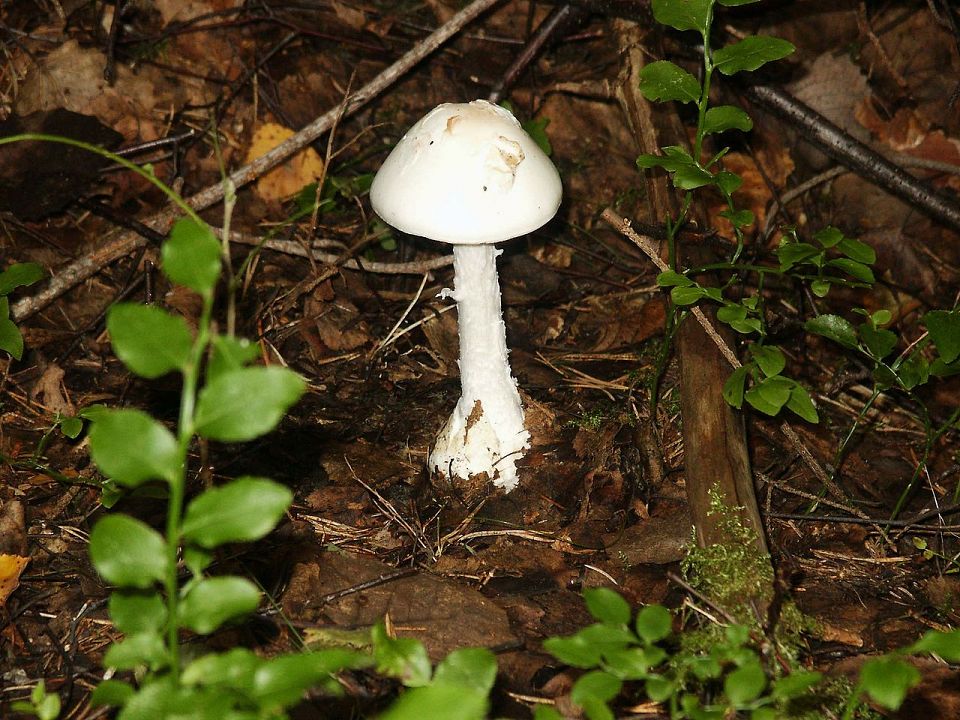
The destroying angel is the most common toxic mushroom worldwide, containing high levels of amatoxins that cause fatal mycetism. In keeping with its name, the fungus begins destroying liver and kidney tissue within two or three hours of consumption, and sufferers experience violent cramping and diarrhea, delirium, convulsions, and vomiting before succumbing to kidney and liver failure.
These all-white, oval-shaped mushrooms are often called the fool's mushroom because they imitate edible species.
4. Autumn Skullcap (Galerina marginata)
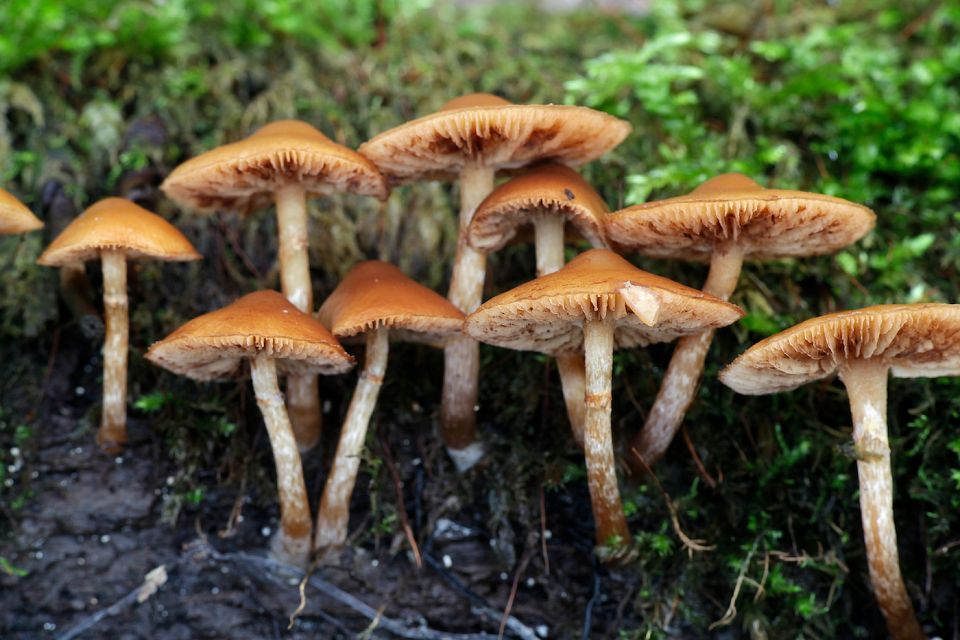
The autumn skullcap, about and inch and a half in width, tends to grow on decaying coniferous trees and is yellow-brown to brown in color. It is sometimes confused with edible varietals like honey fungus, sheathed woodtuft, and velvet foot. These mushrooms are found throughout the world, including northern points like the Arctic and southern regions such as Australia.
Like many toxic species of mushroom, the skullcap contains amatoxin and can result in death within seven days due to liver failure after suffering from diarrhea, vomiting, and hypothermia.
3. Webcaps (Cortinarius species)
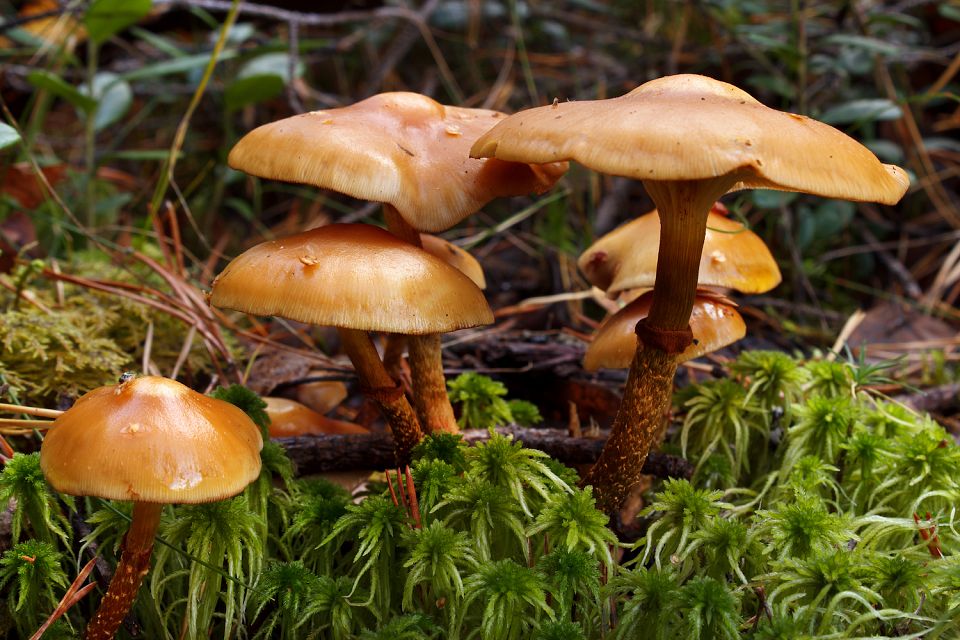
Webcaps are typically a rusty brown-orange color and are commonly found in northern Europe and parts of North America, particularly in subalpine forests. Their toxicity is a result of extremely potent orellanin and symptoms are initially flu-like and can take anywhere from two days to three weeks to surface, but lead to kidney or liver failure and, often, death.
The deadly webcap has been mistaken for a chanterelle in the past, and in one documented case from Scotland two people who consumed the mushrooms required liver transplants. They have also been confused with ceps, which are edible.
2. Conocybe filaris
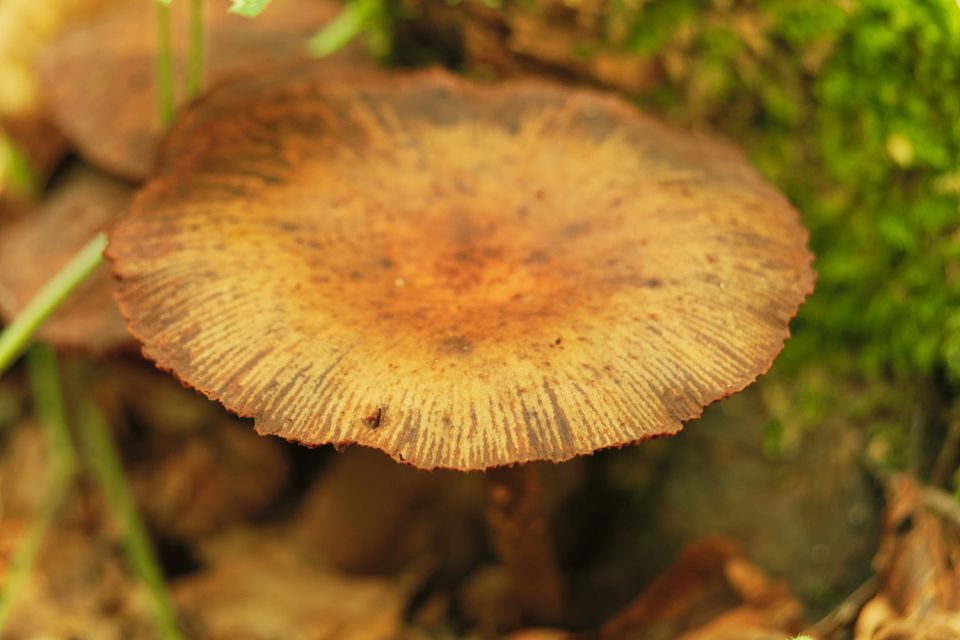
Often found growing out of lawns in the Pacific Northwest region of the United States during wet months, the conocybe filaris, with its conical cap and rust-brown-colored gills, commonly results in accidental poisoning because it is similar in appearance to the psilocybe mushroom - or magic mushrooms. However, consuming a conocybe filaris mushroom causes irreparable liver damage due to high levels of amatoxin.
Gstro-intestinal symptoms typically set in between six to 24 hours after consumption and resemble the stomach flu or food poisoning, which often leads to misdiagnosis if medical attention is sought. Sometimes sufferers recover from initial symptoms only to experience more extreme gastro-intestinal distress and, ultimately, liver and kidney failure.
1. Death Cap (Amanita phalloides)
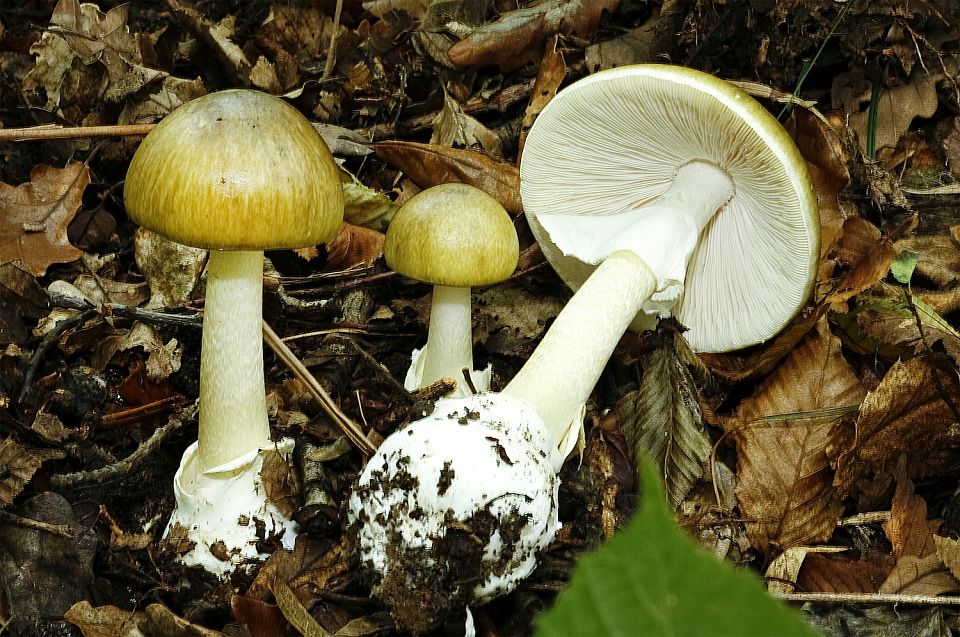
Known as one of the most poisonous mushrooms in the northern hemisphere, the death cap lives up to its moniker by causing more than half of all mycetism fatalities. With its green-tinted caps and white stem and gills, the death cap resembles other edible species like the straw mushroom and is found extensively throughout Europe, Asia, and North Africa, and was carried to North America and Australia via tree seedlings.
Even the slightest dose of a death cap can prove dangerous due to its high levels of amanitin, which causes damage to the liver and kidneys. Within four to 48 hours after ingestion, the victim will experience fatigue, nausea, dizziness and headaches, and hypothermic symptoms, followed by intense stomach cramping and amplified nausea, vomiting and diarrhea, which lead to dehydration and possible circulatory failure. Patients may show signs of improvement after four days, but absorption has occured and kidney failure occurs, sometimes alongside liver failure causing jaundice, convulsions, coma and, in 50% of cases, death.

